Intermediates
Gallantry and accessories
Blog Piekiełka
Pre-Baikal Buryats
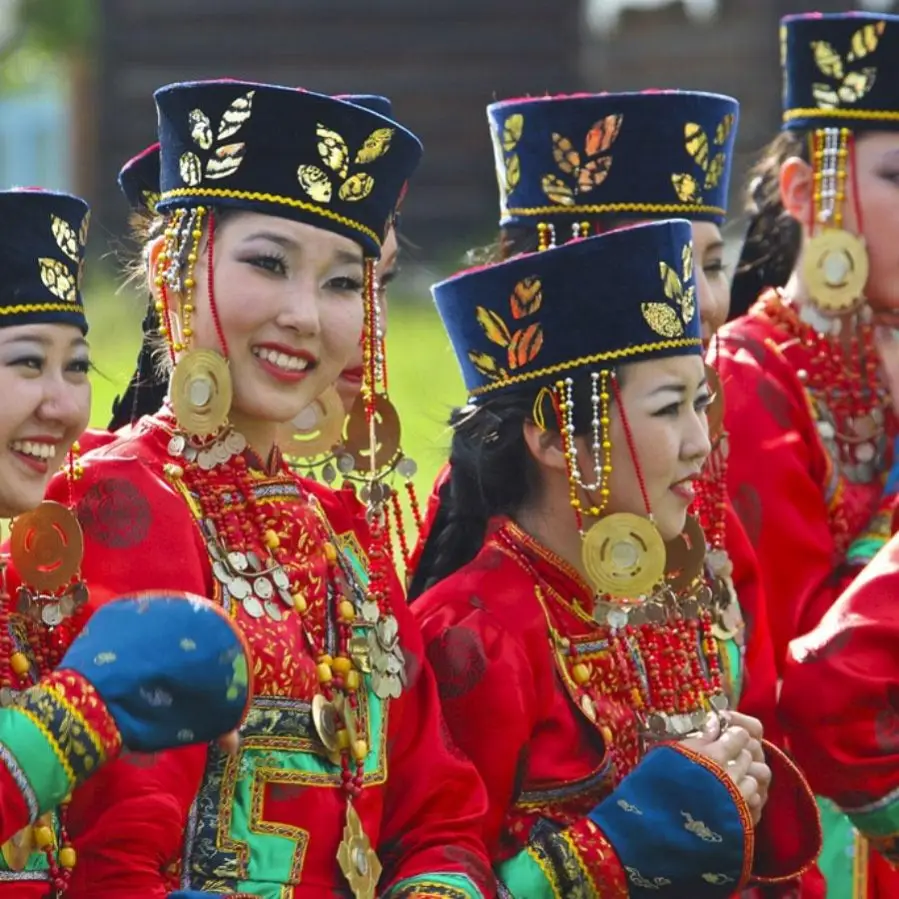
Ornaments play a significant place in traditional Buryat culture. Despite their primary function of beautification, they have always carried a heavy symbolic charge. Jewelry, especially that made of silver and gold, had the power to ward off evil and disease.
Wearing ornaments in the nature of amulets with magical functions was considered essential for both men and women. Accordingly, even the poorest families, not looking at the great burden, tried to stock up on ornaments - mostly silver - and only as a last resort - copper or brass. A full set of jewelry was mostly used for festive attire during ceremonial occasions, often weddings, where the ornaments emphasized the uniqueness of the event and gave an emotional expression to the appearance of the participants.
Buryat women's head ornaments
Speaking of ornaments, it is impossible to omit the traditional hairstyle here. The hairstyle has always been a sign of belonging to a certain age bracket. Girls wore one braid on top of the head, and part of the hair was gathered in the back. After reaching the age of 14-15, the cut of the dress and hairstyle changed.
At the age of 13-15, the braid on top remained, the remaining hair grew out and was braided into two braids at the temples. The hair on the back of the head was braided into one to three braids. Such a hairstyle marked a girl's transition to the next compartment and was the first sign to distinguish her from boys. At the age of 14-16, an ornament called a "saazha" was applied to the braids at the back. Silver or silver-plated "jubun" plates were worn by maidens at the age of 15-16. Once married, a woman could wear a jubun until the birth of her first child.
All Buryats wore caps. They were round with a tapered end, decorated with silver pendants and tassels. Each piece of headgear had its own symbolic meaning.
Pendants and necklaces
This type of Buryat ornamentation is a whole complex composition of various elements, successively connected with each other. Each pendant had its own artistic and decorative justification. They were attached to braids or head ornaments and so fell freely on the chest, covering the face and neck.
The ornament of ceremonial significance - narhintsag - consisted of three strips of cloth (or leather). Two were attached to the hair on either side of the face, covering the temples, and the third at the back of the head. The width of the strips was about 10 cm, and the length was below the waist, widening slightly downward. Sewn on them were oblong metal (silver) plates, in three rows. This decoration was put on by the bride during the ritual of worship of shamanic images (ongon), with which she gained the right to her own home fire, asking the blessing of the head of her husband's family.
A type of breastplate is the hoolobshi - in the past only a wedding ceremonial ornament. The oldest variety of this ornament is made of a strip of leather "three fingers wide", on which two rows of metal plates were attached. One also encounters hoolobshi in the form of a gold or silver coin on a ribbon or chain. Another variation of this ornament was a strip of cloth possibly braided about 10 cm wide and over a meter long. It was put around the neck, and the ends fell on the chest. Gold coins or beads were sewn on symmetrically.
Buryats and hand ornaments
Most popular among the Buryats are various types of rings and bracelets. In the past, Buryat rings were not divided into men's and women's rings. Usually cast in silver, they were universal for all ages and genders. Rarely were rings made of gold, but silver products were very often gilded. Earrings, rings and bracelets were worn by women on a daily basis while doing ordinary jobs - cooking, sewing, etc.
Bracelets were plain and solid, round in cross-section or flat, with and without a lock. In Western Buryatia, the bracelet's lock was also its decorative element.
Kaftans of the Buryats
The most distinctive element of a woman's outfit is the kaftan, whose ornamentation has symbolic significance. All the cut-outs were trimmed with strips of cloth with tin and brass plates and coins. The brass squares were called "Polish silver" and were used by the poorer Buryats. The waistline was accentuated with metal pendants. These consisted of metal square plates, to which, in turn, round plates were suspended. There are many regional variations of all kinds of ornaments.
One must be relieved to say that Buryat folk art is also doing well in the early 21st century.
Ethnic Jewelry
-
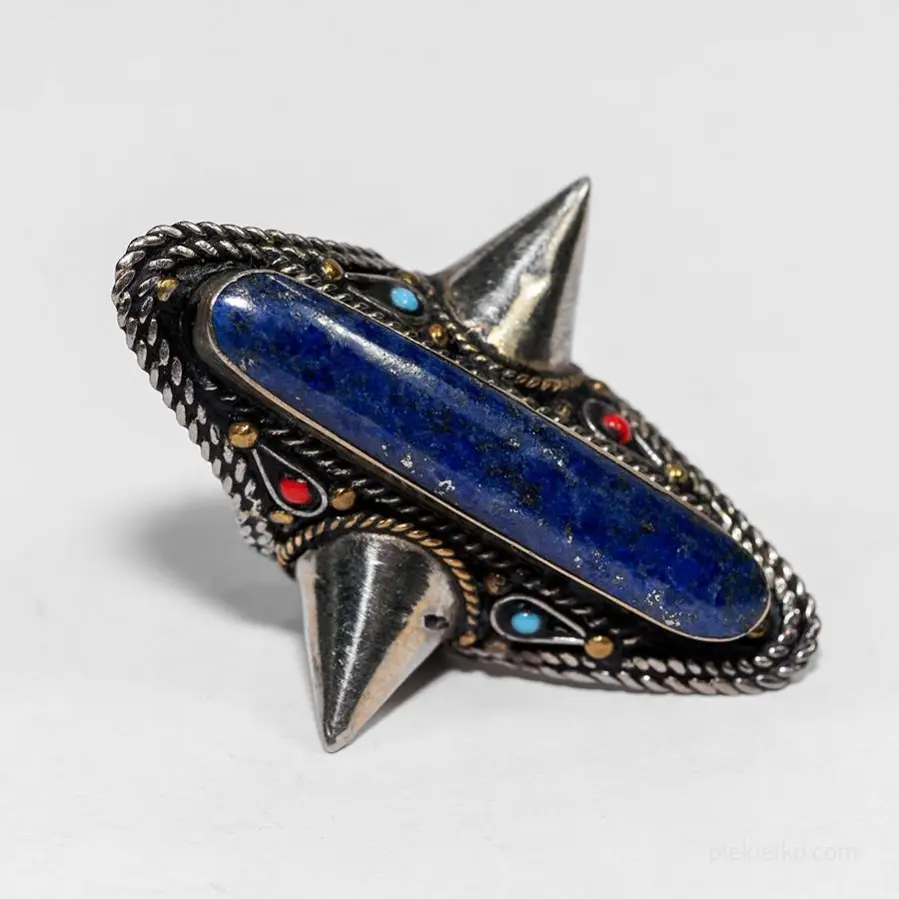
Long ring with spikes
169,00160,55 -

Silver ring with a titanium drusen
330,00297,83 -

Larimar magic for every day!
260,00247,00 -
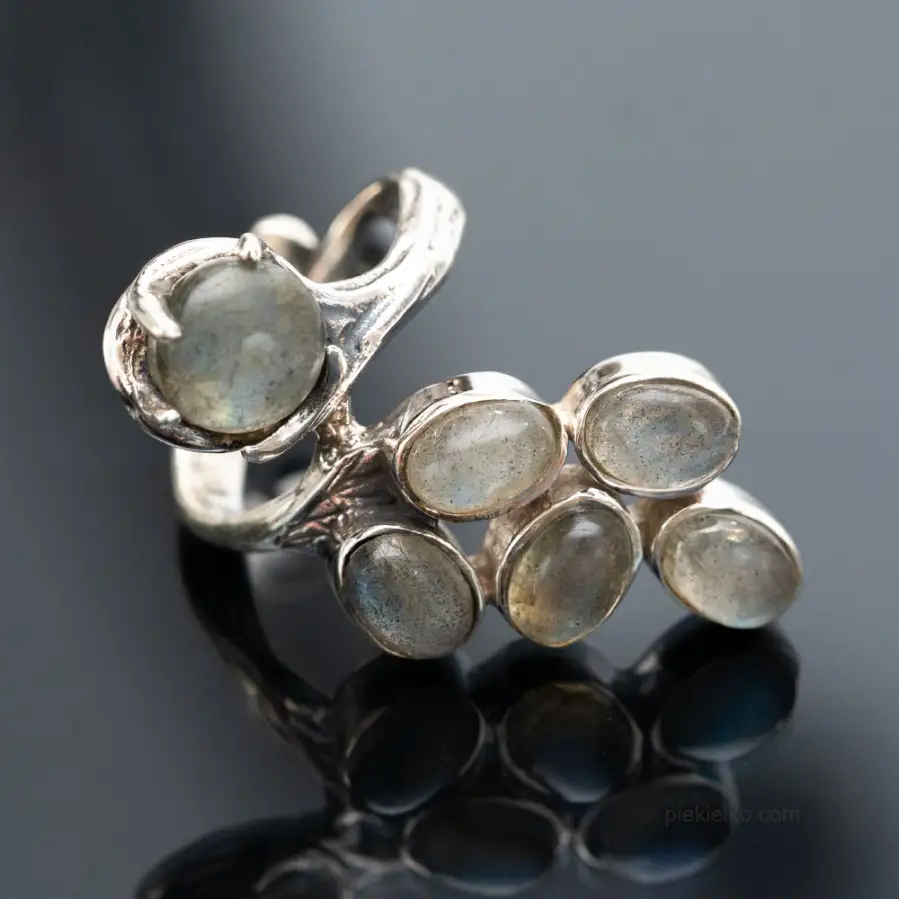
Labradorite ghost elf vine
450,00406,13 -
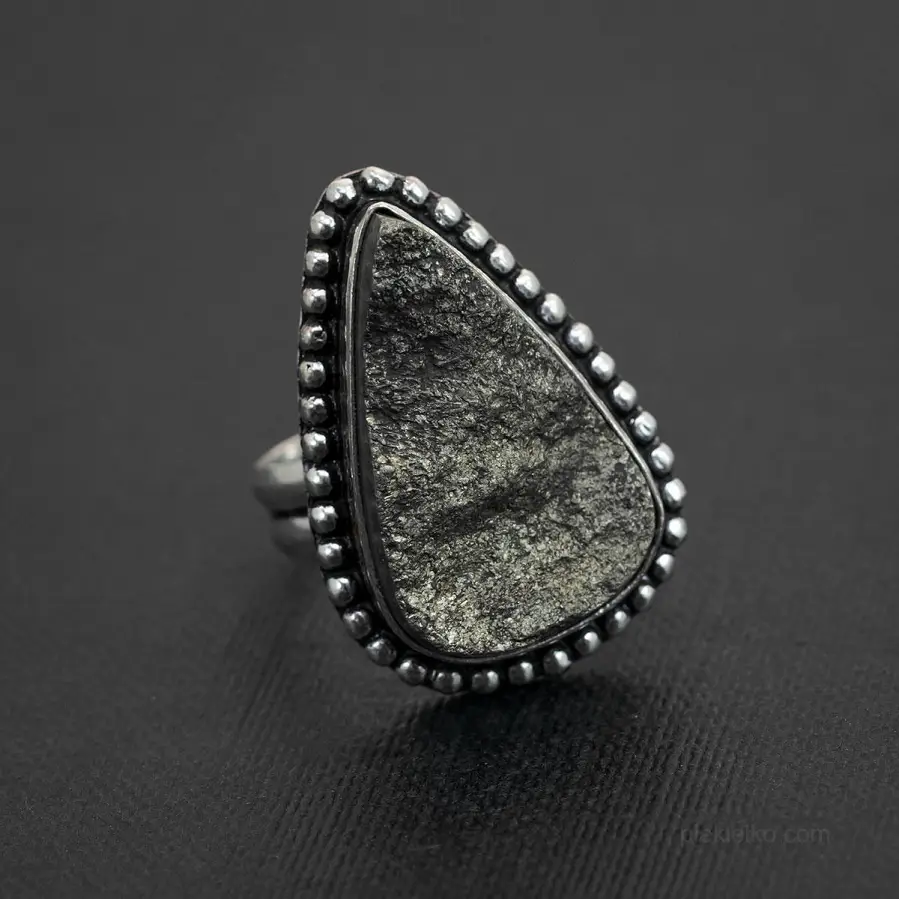
Silver pyrite druzy ring
231,00219,45 -

Ring with blue lapis lazuli
198,00188,10 -
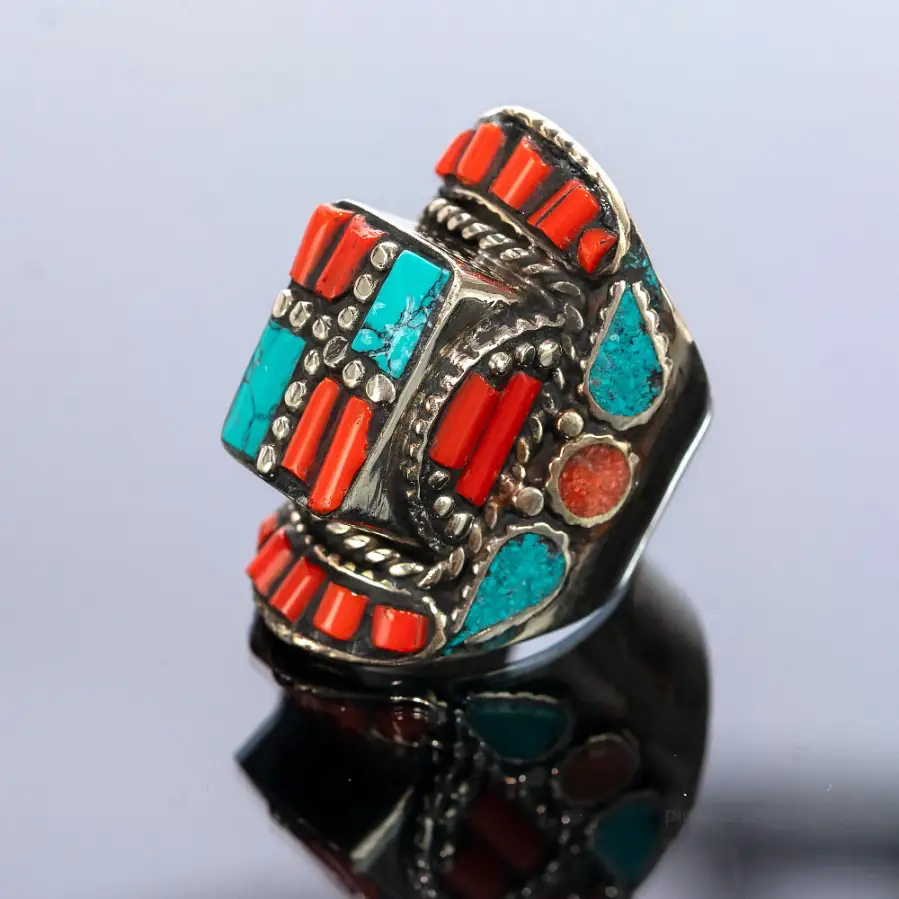
Tibetan signet ring with turquoise and coral
290,00275,50 -
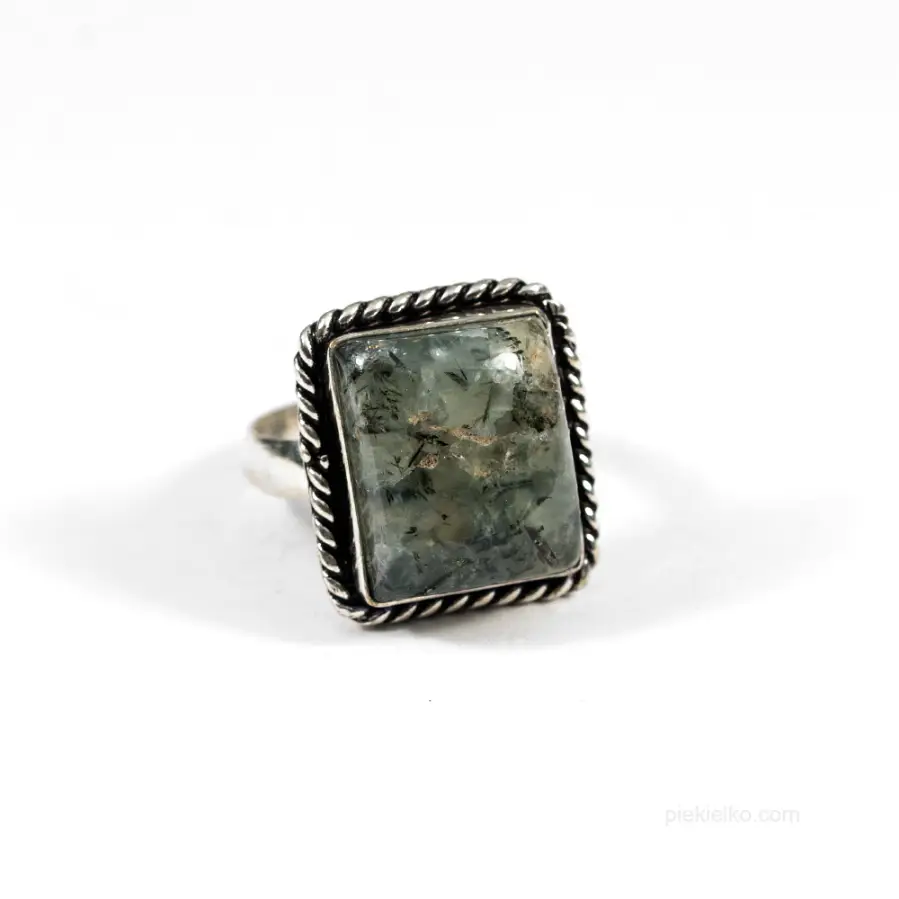
The ring and prehnite are wonderful
155,00147,25 -
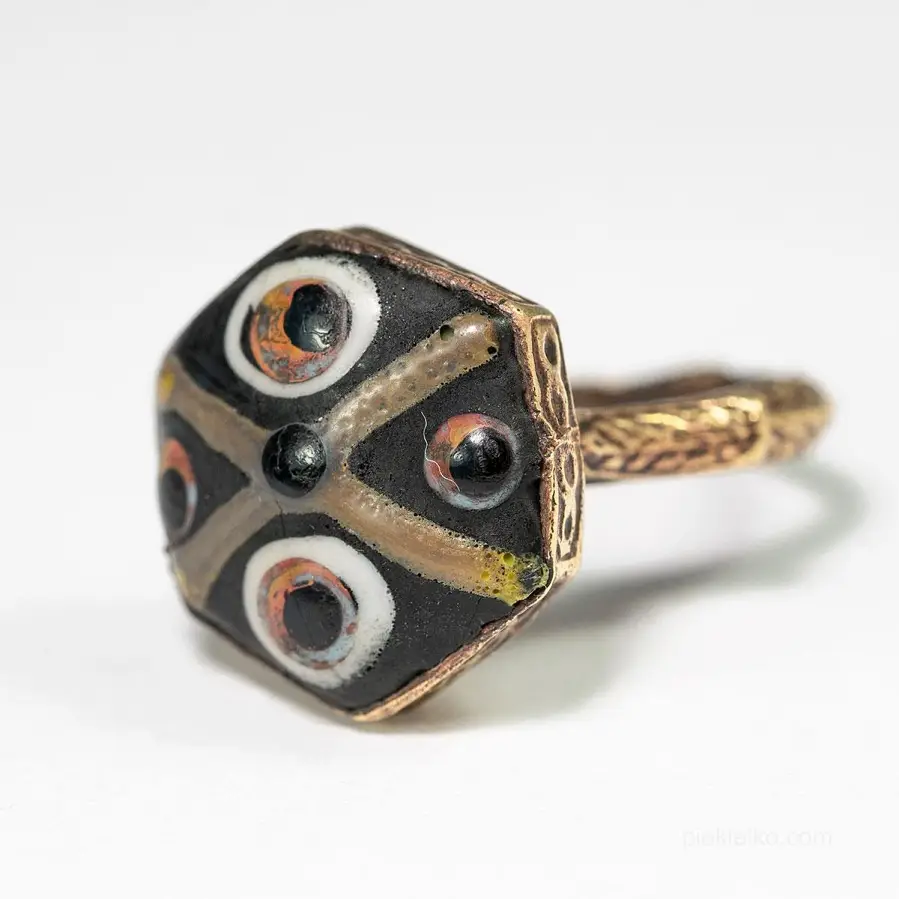
Gabri glass ring
98,0093,10 -
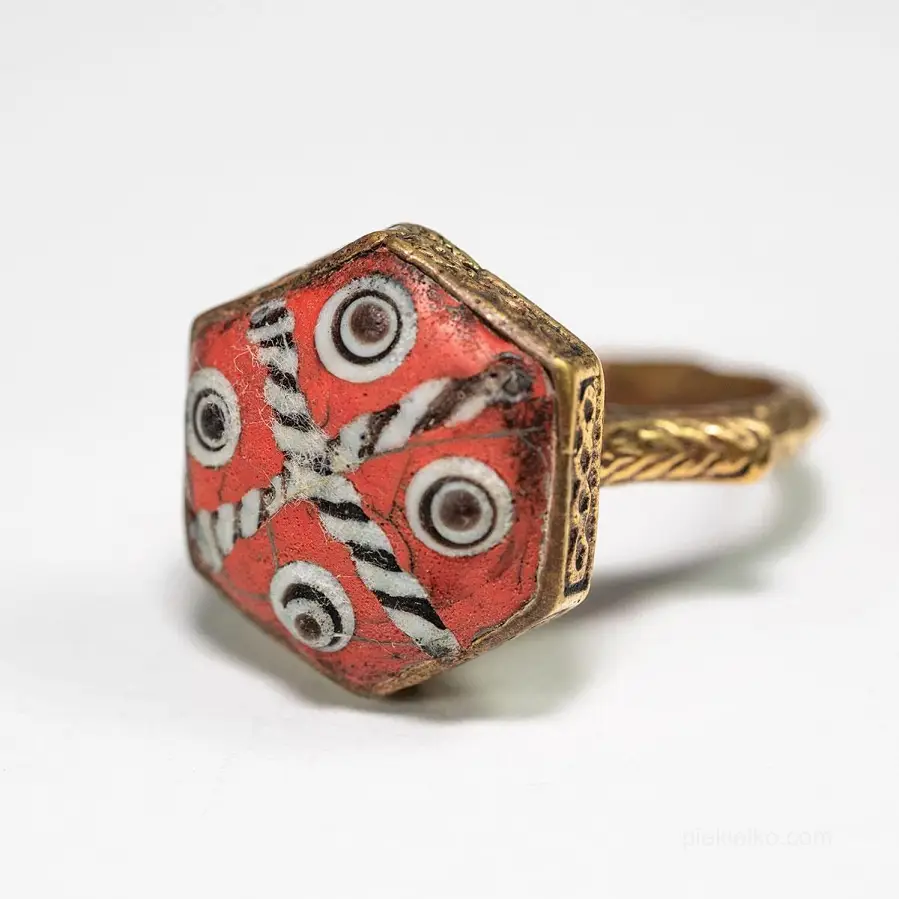
Ring with gabri glass
98,0093,10 -
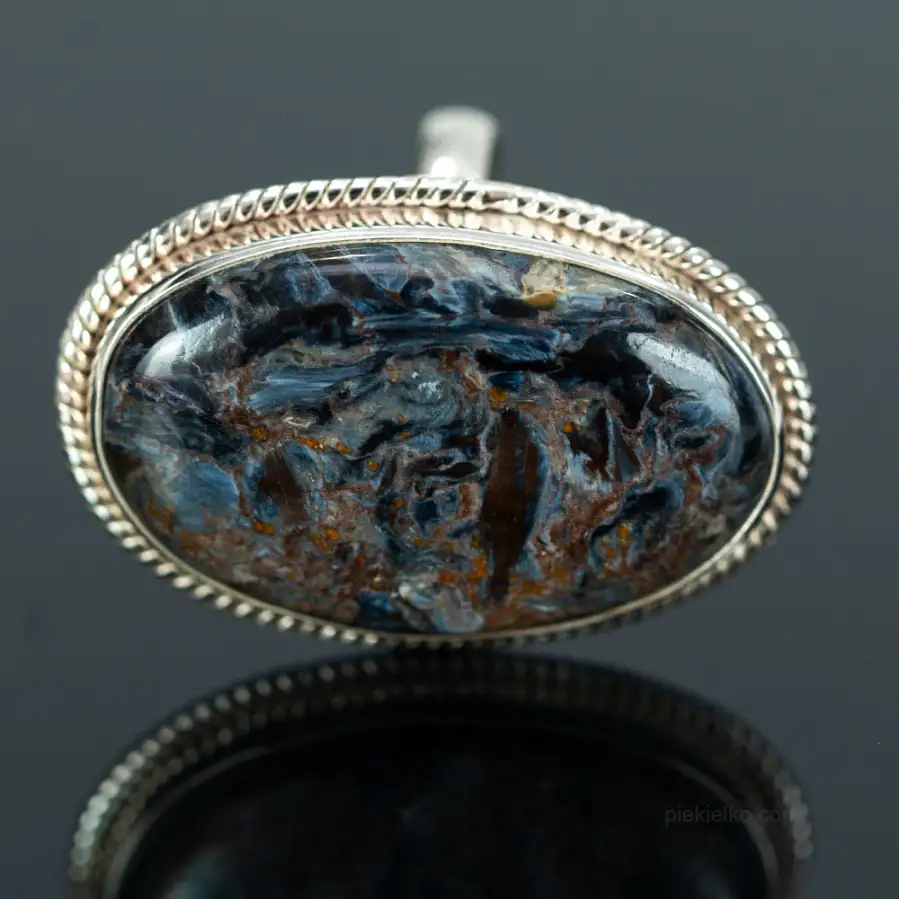
Storm stone - silver adjustable ring
370,00333,93 -
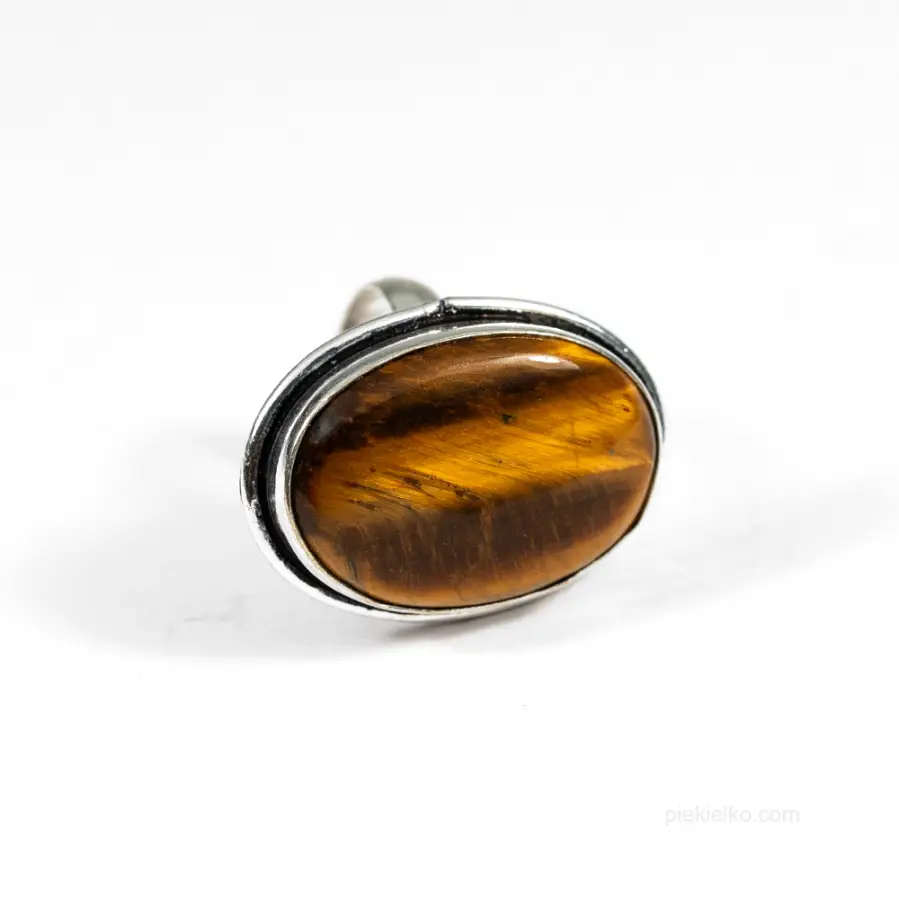
Tiger eye ring
165,00156,75 -
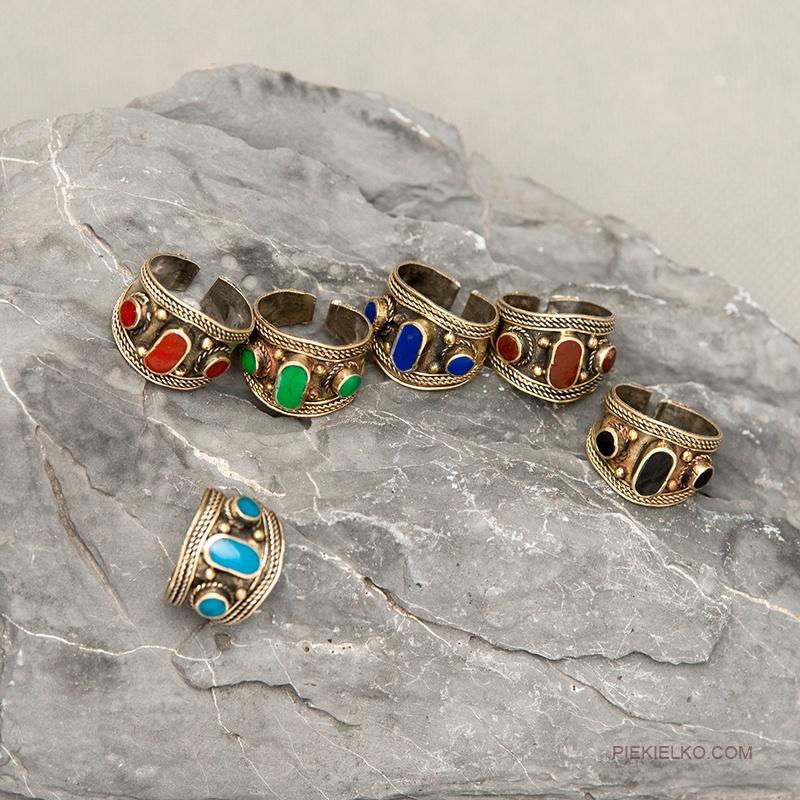
Kuchi wedding ring - brown
34,0019,38 -

Ring with black opal
570,00514,43 -
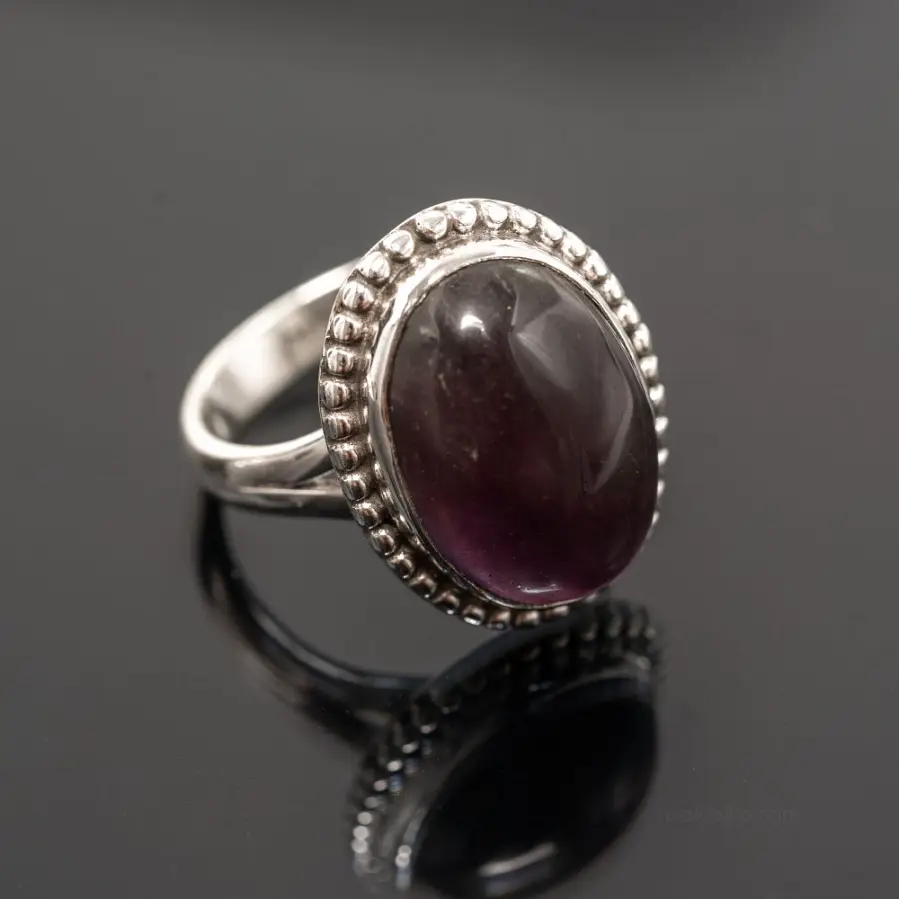
A gift with an amethyst - for a special person
350,00315,88 -

Elegance in blue – larimar ring
270,00256,50 -
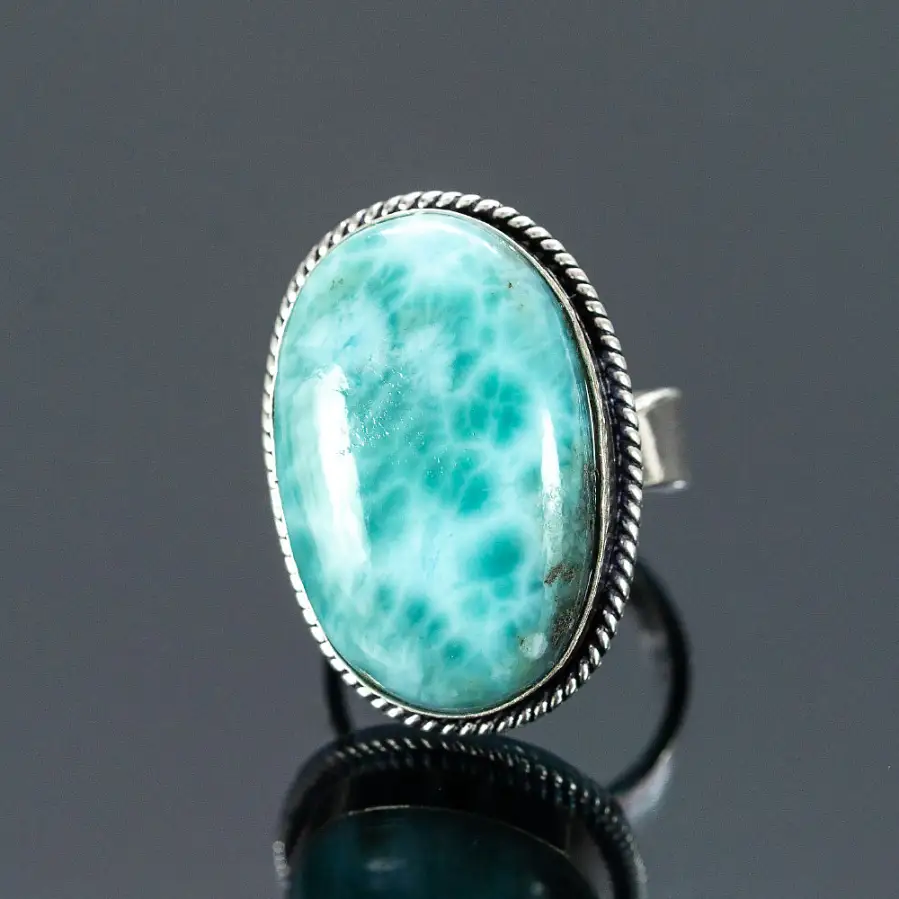
Larimar – a blue friend for every day!
265,00251,75 -

Handmade green agate ring
186,00106,02 -
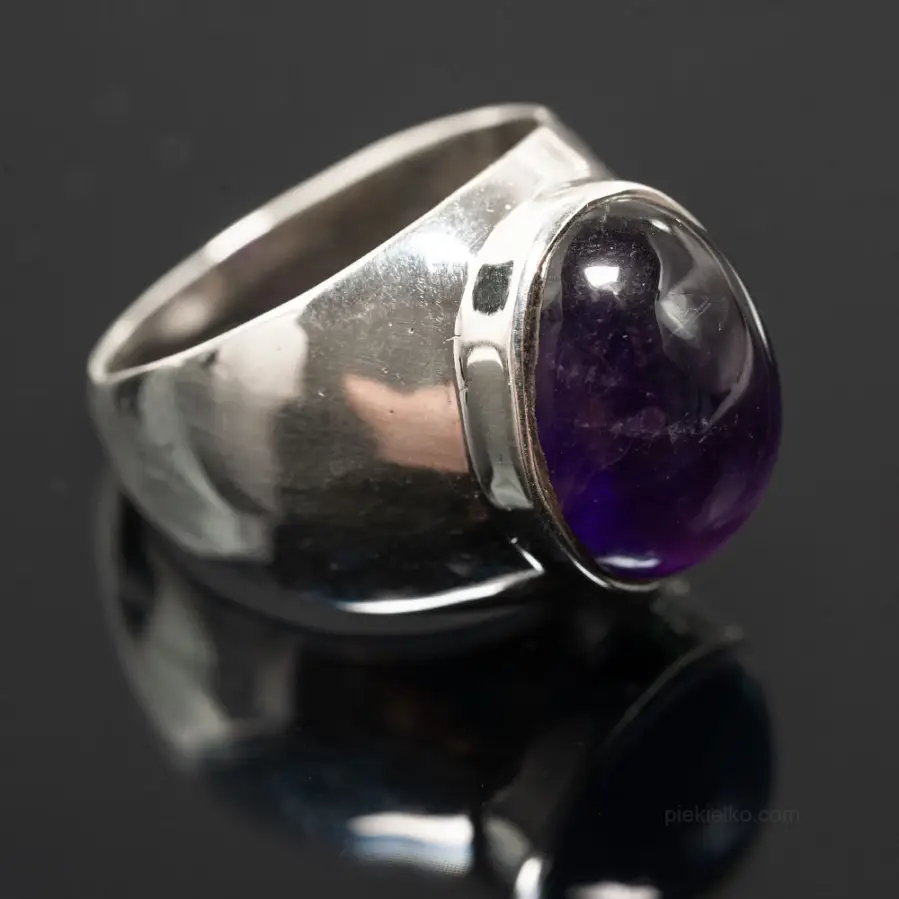
Elegance of Amethyst - Silver Setting
360,00324,90 -
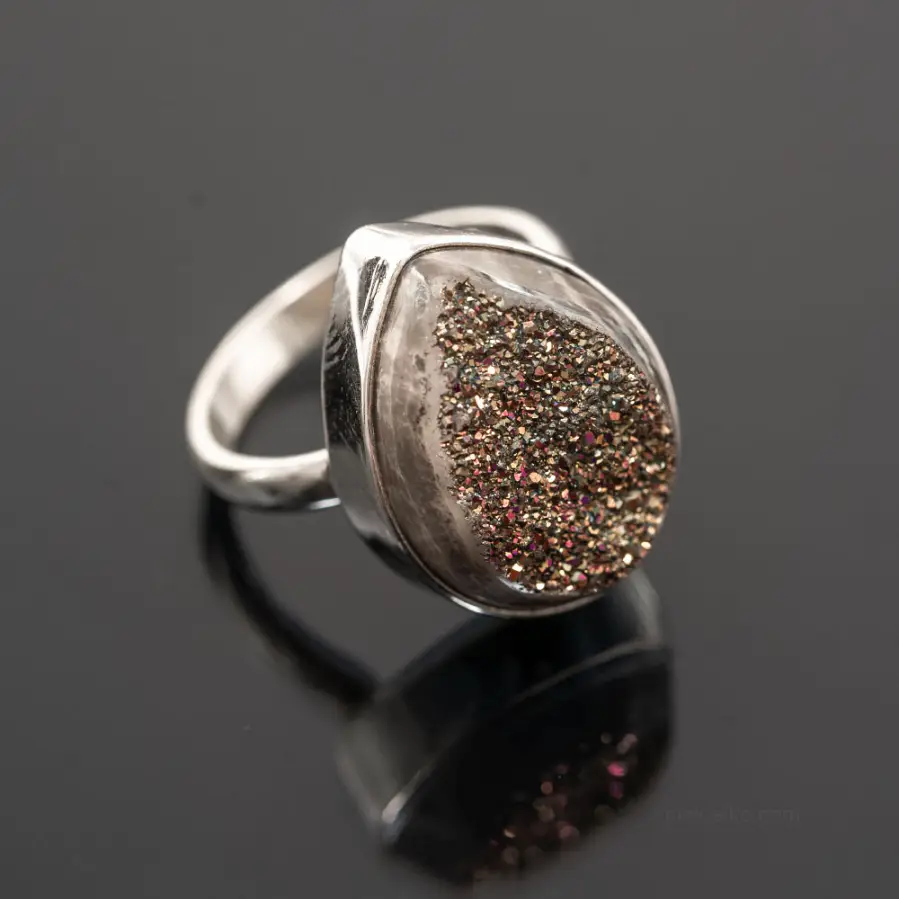
Ring with a copper-colored titanium drusen
370,00333,93



© Piekielko.com

